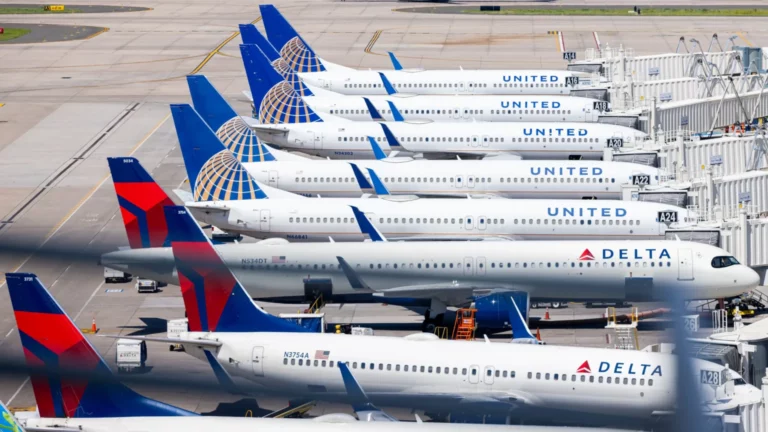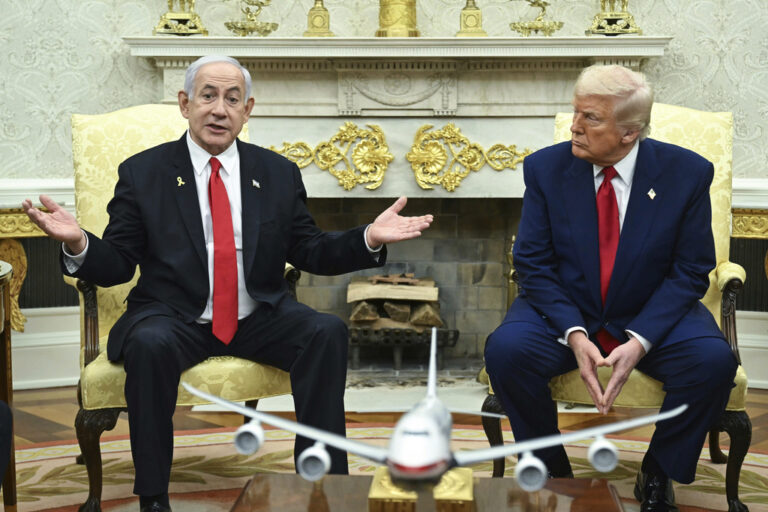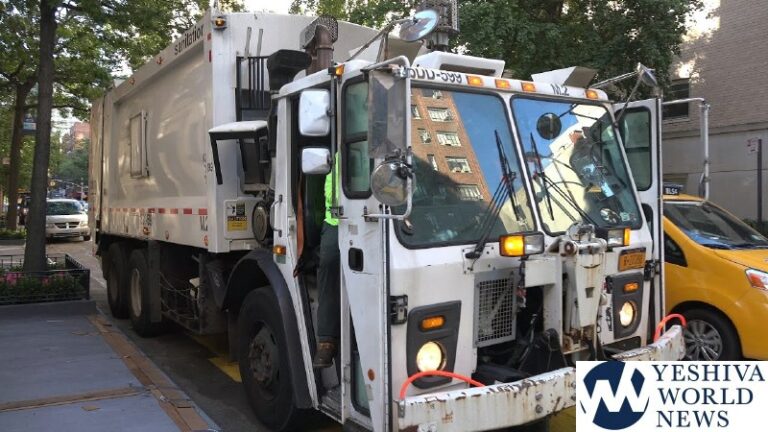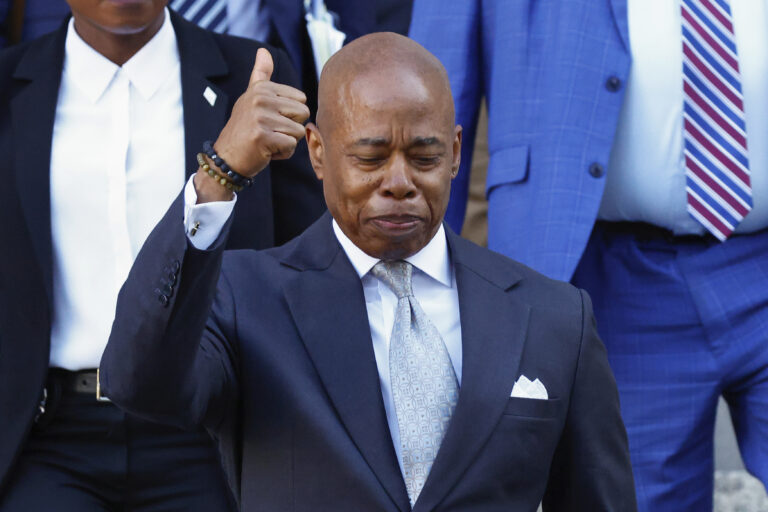 If you ask many lawmakers from upstate New York they’ll tell you New York City routinely gets lavish treatment in Albany, with billions of dollars set aside each year for transportation programs and schools while cities and towns elsewhere struggle to survive.
If you ask many lawmakers from upstate New York they’ll tell you New York City routinely gets lavish treatment in Albany, with billions of dollars set aside each year for transportation programs and schools while cities and towns elsewhere struggle to survive.
Talk to Mayor Bill de Blasio and he’ll note that the city subsidizes the rest of the state — contributing 57 percent of the state’s revenue even though it has only 43 percent of its population.
The debate about whether the city gets too much — or not enough — from Albany is as old as the state, and it’s now being reignited as lawmakers review Gov. Andrew Cuomo’s $145 billion state budget plan.
This year, a close look at Cuomo’s spending plan suggests the upstate is getting more direct investment in the form of big transportation projects. While Cuomo calls for big spending on subways, trains, buses and airports in New York City, the plans rely on private funds or IOUS from the state.
Additionally, Cuomo’s budget contains two significant funding changes for the city that could force it to cover hundreds of millions of dollars in new costs. Under the proposal, New York City would have to take on added Medicaid costs that the state now covers; in addition, the state would shift nearly $500 million in costs for the City University of New York system to the city.
To upstate lawmakers, the moves seem only fair.
“CUNY stands for the City University of New York, but the entire bill for the CUNY system is picked up by the taxpayers of New York state,” said Sen. Catharine Young, a Republican from Olean and chairwoman of the Senate Finance Committee.
De Blasio, however, said that the state is still paying for these Medicaid costs for other cities, and that the state’s long-standing support for CUNY makes sense since it also funds the local community college system in the rest of the state.
When it comes to transportation, Cuomo would spend $22 billion for bridges and roads — mostly upstate. And while he’s promising to contribute billions more toward the Metropolitan Transportation Authority’s $29 billion overhaul plan, his budget only includes a promise to pay when the money is needed.
Also missing from the budget? Cuomo’s plans to redesign Penn Station, Kennedy Airport and LaGuardia, all of which will rely on significant private investment.
The upstate-downstate divide has defined New York politics for centuries, according to Gerald Benjamin, a political scientist at SUNY New Paltz. When times were tough in New York City, upstate often contributed more than its fair share. Now that relationship has flipped.
The often imbalanced relationship can breed suspicion, even resentment.
“New York City is a very special entity. It subsumes five counties,” Benjamin said. “You can argue that because of its scale and character New York City should be treated uniquely.”
The city does have one clear advantage bestowed from Albany: it is not subject to a tax cap imposed on every other local government. The cap limits property tax levies to 2 percent or inflation, whichever is lower, unless approved by a supermajority of the local governing board. The restriction has prompted significant belt-tightening in cities, towns and school districts elsewhere in the state. It’s a major bone of contention for upstate lawmakers who say the city shouldn’t get special treatment.
The GOP-controlled Senate voted last week to extend the cap to cover New York City. The measure has little chance of passing the Democratic-led Assembly, but does give upstate lawmakers leverage in budget negotiations.
De Blasio said that even though he has no plans to raise taxes in the city, imposing the cap would “tie the hands” of city leaders and undercut their attempts to build up financial reserves for the next economic downturn. Should the economy decline, he said, he doesn’t expect a bailout from Albany or Washington.
“We have only ourselves to depend on,” he said.
(AP)











2 Responses
That the city subsidizes the rest of the state is hotly disputed. Note that proposals to split New York inevitably come from upstate.
No. What they dont realize is that end of day we can only rely on the One above.